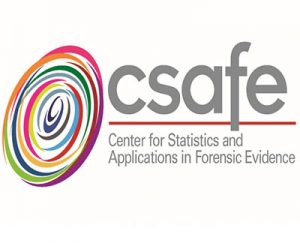The first case involves 81-year-old Han Tak Lee, who had spent 24 years in prison wrongfully convicted of murder and arson based on faulty forensic theories about arson. After his release, he remains bitter and suspicious of others. He struggles to get by because there are no laws in Pennsylvania regarding compensating wrongful conviction exonerees.
The second case is a hair fiber cases, one of perhaps hundreds or thousands that involves the unreliable forensic science technique. Timothy Bridges was released in October 2015 after serving over 25 years in prison for a rape and burglary. The government consented to vacating the charges after determining that Bridges’ conviction was based largely on faulty testimony from FBI experts regarding hair comparison analysis and after Bridges’ legal team discovered evidence that the police failed to turn over to prosecutors.
The final case involves defendant Keith Allen Harward in a Virginia rape and murder case that could have had him executed. He served 33 years of a life sentence and is currently pending exoneration. His conviction was called into question due to erroneous testimony from forensic experts stating that Harward’s teeth “fit on the money” with the bitemarks found on the surviving rape victim. Bite-mark science has since been discredited as a reliable form of forensic science.
https://www.washingtonpost.com/news/the-watch/wp/2016/03/17/a-trio-of-junk-forensic-science-cases/


Leave a Reply